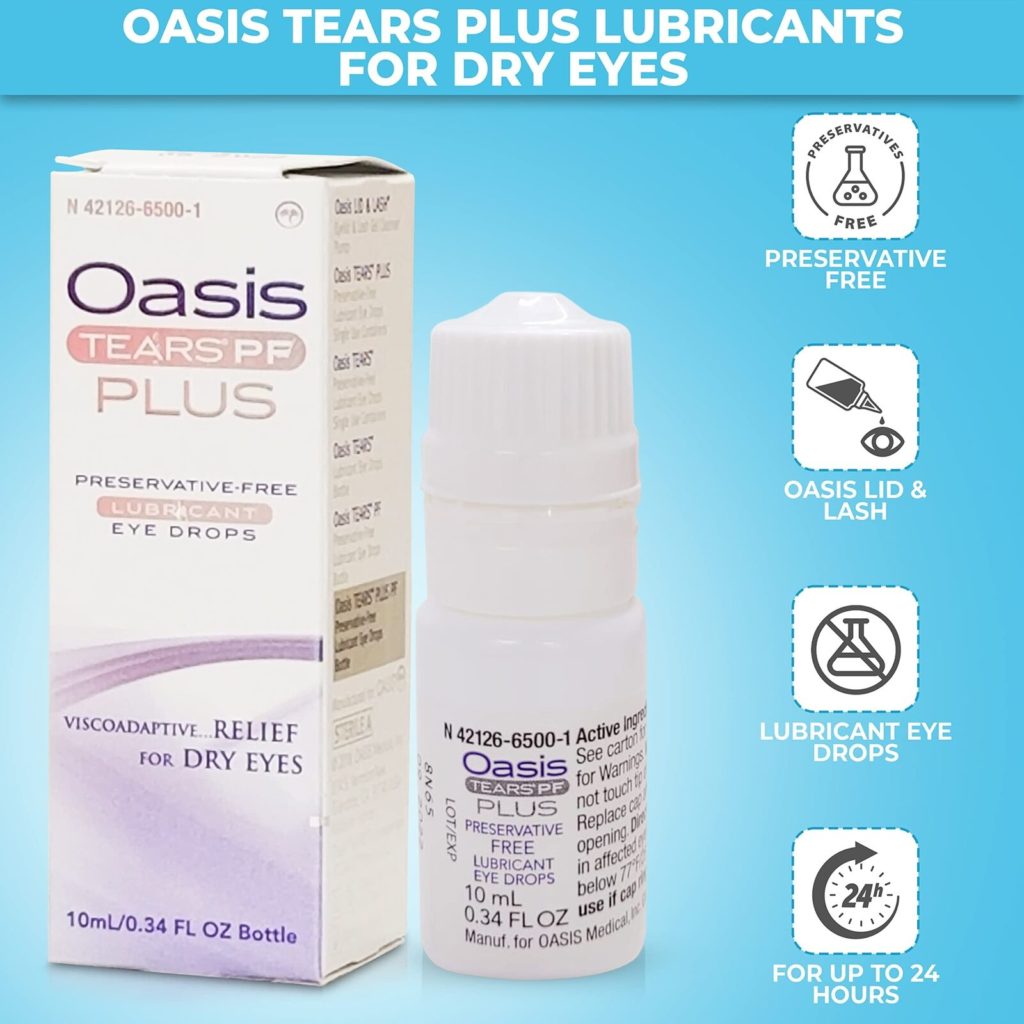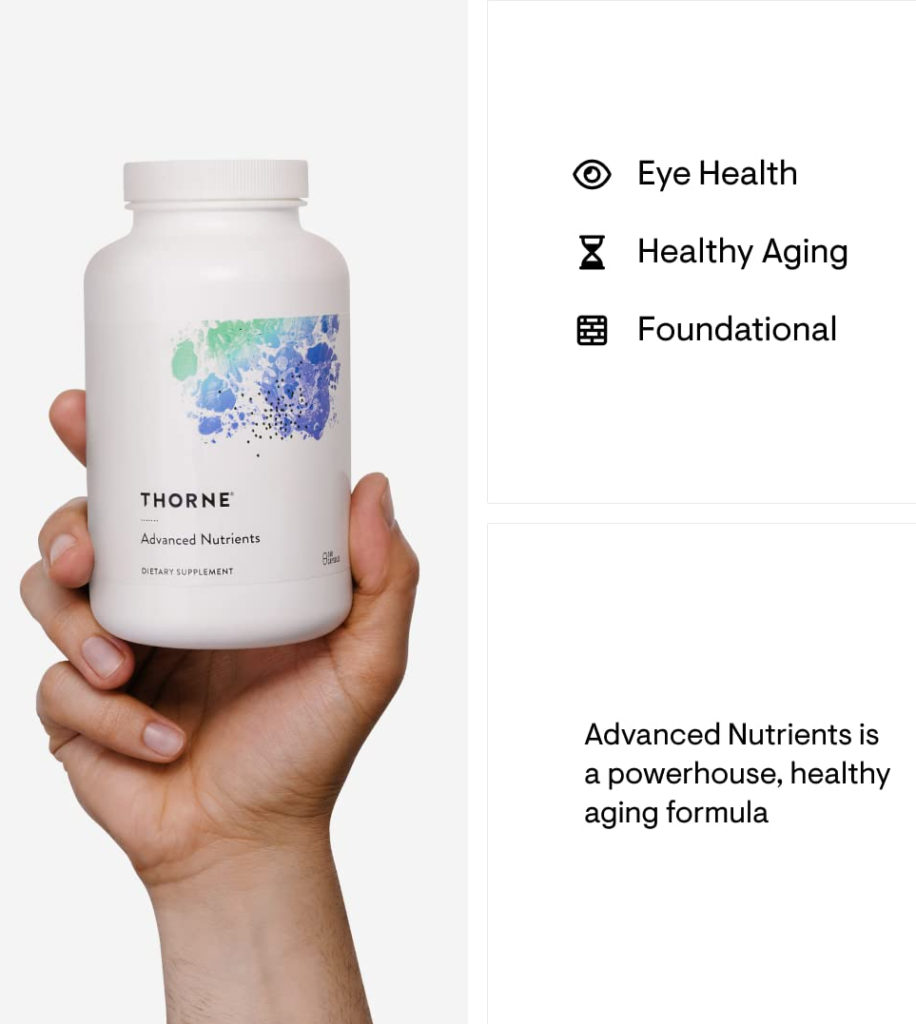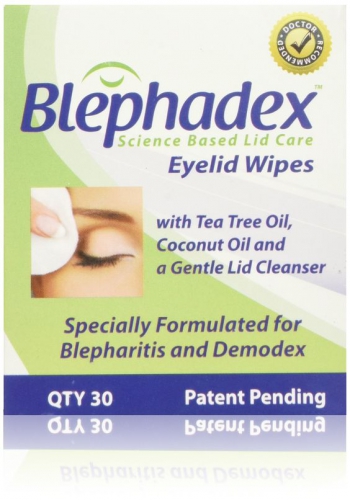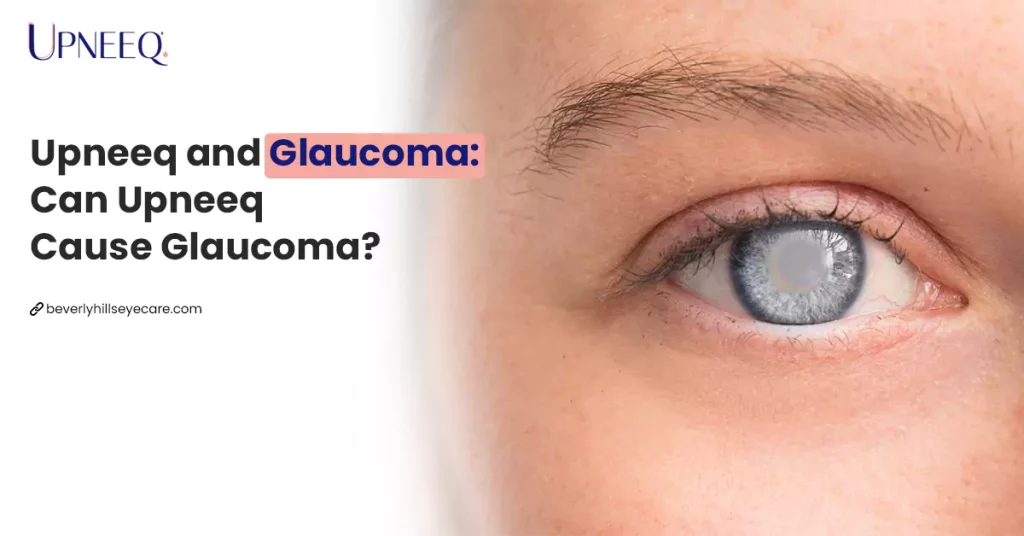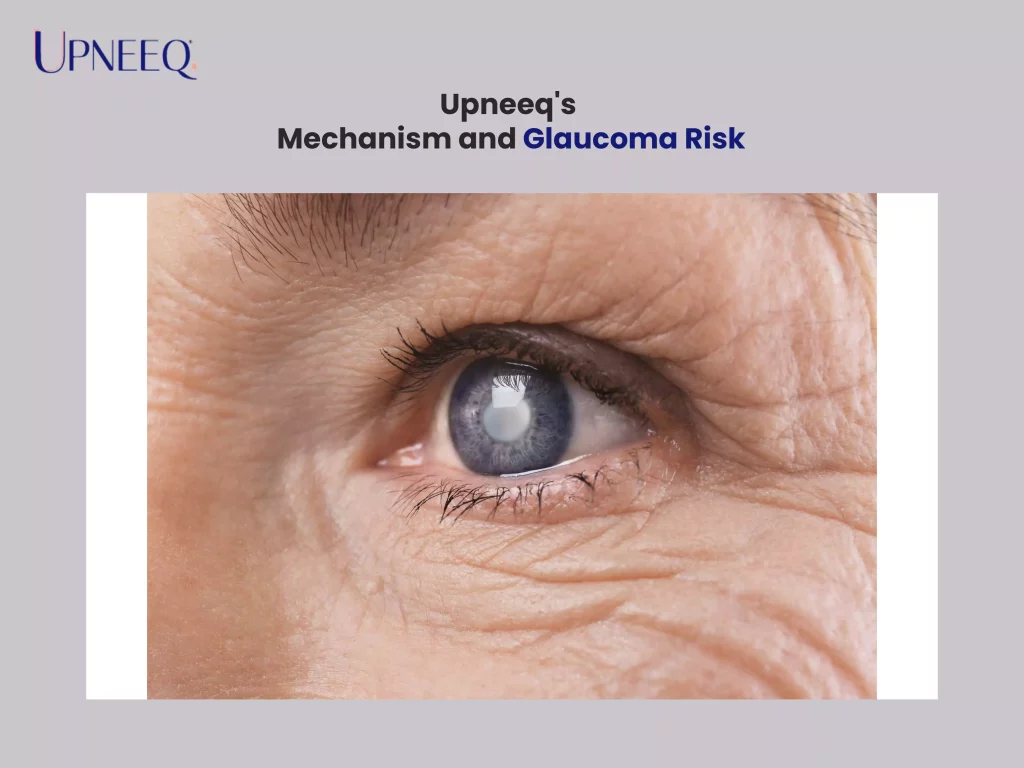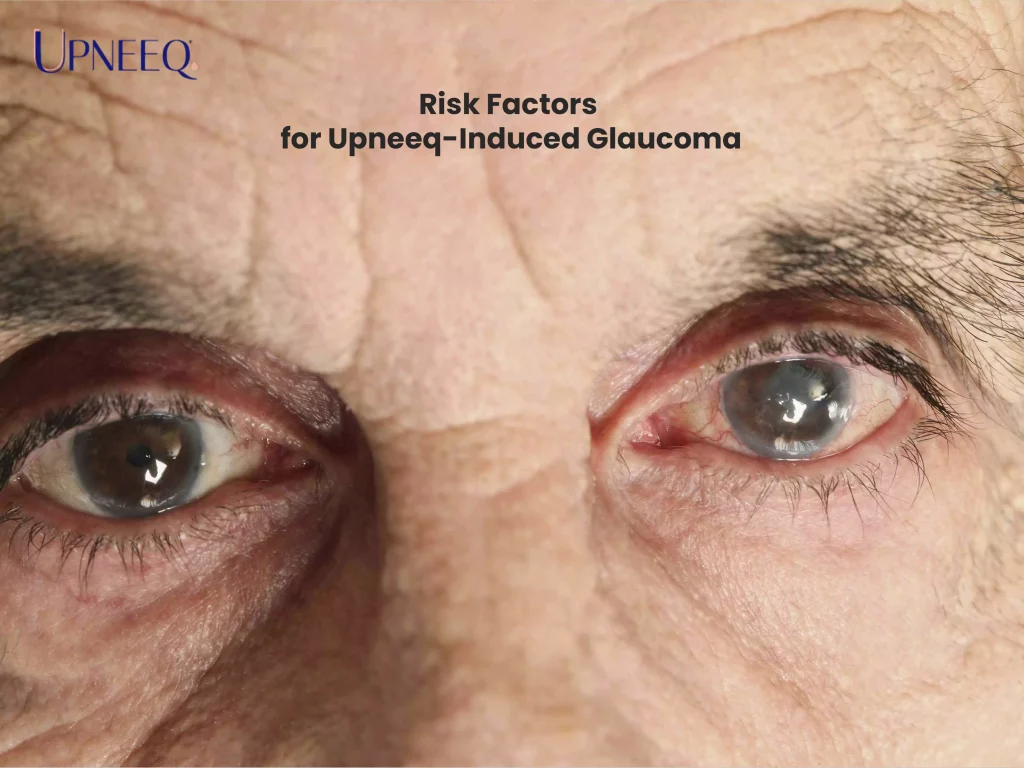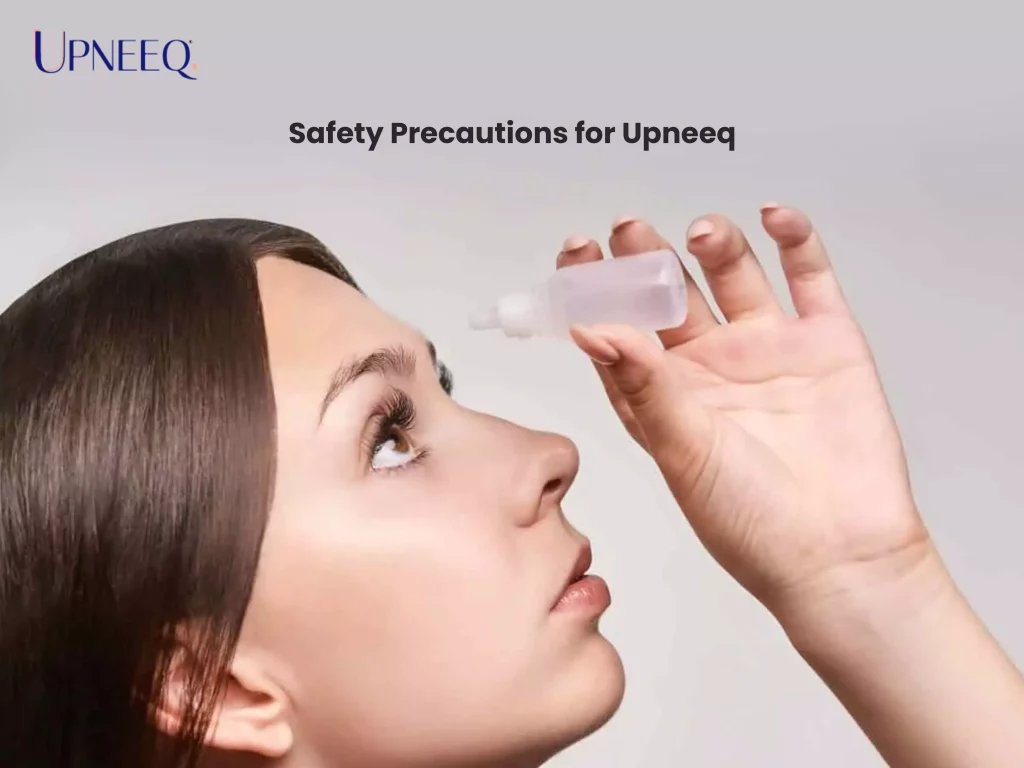Upneeq is a medication that has become increasingly popular for its ability to address certain eye conditions. It’s crucial to delve into the world of Upneeq and understand whether there’s any connection between this medication and a severe eye condition known as Glaucoma. In this article, we’ll explore what Upneeq is, how it works, and whether it poses any risks regarding Glaucoma. So, let’s embark on this journey to uncover the facts about Upneeq and its potential impact on our eyes.
Upneeq is not just another eye drop; it has a specific purpose and mechanism of action. To grasp the potential link with Glaucoma, we first need to understand the basics of Upneeq’s mechanism and its role in eye health. Join us as we unravel the science behind Upneeq in the upcoming section.
Upneeq’s Mechanism and Glaucoma Risk
Upneeq operates with a unique mechanism that differentiates it from traditional eye drops. The active ingredient in Upneeq, oxymetazoline, works by stimulating the muscles that control pupil size. Essentially, it helps the muscles around the eyes tighten, leading to a reduction in the size of the pupil.
The primary purpose of Upneeq is to address ptosis, where the upper eyelid droops over the eye. Through muscle tightening and lifting the eyelid, Upneeq can relieve individuals experiencing ptosis, improving both their vision and appearance.
Now, let’s address the pressing question: Can Upneeq cause Glaucoma? Glaucoma is a condition characterized by elevated intraocular pressure (IOP); if left untreated, it can cause optic nerve damage and vision loss. Some concerns have been raised about whether Upneeq, by altering pupil size and potentially affecting eye pressure, could contribute to the development or exacerbation of Glaucoma.
To answer this, we turn to scientific studies and expert opinions. Many studies have been conducted to evaluate the impact of Upneeq on intraocular pressure, with varying results. According to some studies, the use of Upneeq causes a minimal and temporary increase in IOP, while others indicate no significant change.
It’s essential to recognize that medical science is a dynamic field, and ongoing research contributes to our understanding of the interactions between medications and eye health. Therefore, the relationship between Upneeq and glaucoma risk is an area that continues to be explored.
Risk Factors for Upneeq-Induced Glaucoma
While Upneeq serves as a valuable solution for ptosis, it’s essential to consider certain risk factors that may heighten the possibility of Upneeq-induced Glaucoma. By understanding these factors, patients and healthcare providers can make informed decisions regarding the use of Upneeq.
Pre-existing Glaucoma
Individuals with a history of Glaucoma may be more susceptible to changes in intraocular pressure. Prior eye conditions should be thoroughly discussed with a healthcare professional before starting Upneeq.
Age
Glaucoma risk can also be affected by age; older individuals may have a higher likelihood of developing Glaucoma. Considering that Upneeq is often prescribed to adults, age becomes a relevant factor in assessing potential risks.
Underlying Health Conditions
Certain conditions, like cardiovascular issues, may affect your body’s response to medications. It’s crucial to inform healthcare providers about existing health conditions to evaluate the overall risk-benefit profile of Upneeq.
Duration of Upneeq Use
The duration and frequency of Upneeq use may impact its effect on intraocular pressure. Prolonged or frequent use could increase the risk, making it vital for patients to adhere to prescribed usage guidelines.
Individual Response to Medication
Each person’s body reacts differently to medications. In specific cases, metabolism and individual sensitivity can influence Upneeq’s effects on intraocular pressure.
To ensure the safety of Upneeq use, eye care professionals should perform a comprehensive eye exam and review each individual’s medical history. Open communication with your healthcare provider is essential to identify the potential risk factors and determine the most appropriate course of action.
Safety Precautions for Upneeq
Ensuring the safe use of Upneeq involves adopting specific precautions that aim to minimize the potential risk of Glaucoma and other adverse effects. Here are essential safety measures to consider:
Professional Guidance:
Before starting Upneeq or any medication, it’s necessary to consult with an eye care professional. Based on the patient’s specific situation, they can assess their health factors, discuss potential risks, and provide personalized guidance.
Regular Eye Examinations:
Regular eye check-ups are fundamental for individuals using Upneeq. An eye care specialist can monitor intraocular pressure, assess overall eye health, and detect changes requiring treatment adjustments.
Transparent Communication:
Patients should openly communicate any pre-existing eye conditions, medical history, or concerns about potential side effects with their healthcare provider. This information helps tailor the treatment to the individual’s needs and minimize risks.
Adherence to Prescribed Dosage:
Following the prescribed dosage and usage instructions is critical. Deviating from the recommended regimen may increase the likelihood of adverse effects. Patients should seek clarification from their healthcare provider if there are uncertainties about usage.
Monitoring for Changes:
Individuals using Upneeq should be vigilant for changes in their vision, eye comfort, or overall health. Prompt discussion with a healthcare provider is essential if unexpected symptoms arise, such as increased eye pressure or discomfort.
Risk-Benefit Assessment:
Healthcare providers and patients should assess Upneeq’s risk-benefit profile collaboratively. This involves considering the potential benefits of treating ptosis against the individual’s risk factors for Glaucoma.
Alternative Treatments:
In some cases, alternative treatments or interventions may be available for addressing ptosis. Looking into these options with a healthcare specialist can help people make better decisions based on their unique needs.
Remember, safety precautions are not meant to discourage the use of Upneeq but to ensure its responsible and informed use. By taking these precautions seriously, individuals can enhance their eye health and minimize potential risks associated with Upneeq.
FAQs – Upneeq and Glaucoma
Can Upneeq directly cause Glaucoma?
Upneeq’s impact on intraocular pressure has been studied, but evidence supporting a direct link to Glaucoma is inconclusive. It’s crucial to discuss individual risks with an eye care professional.
What are the signs of Glaucoma, and how can I recognize them?
Glaucoma often develops without noticeable symptoms in its early stages. Regular eye check-ups are essential for early detection. Symptoms may include blurred vision, eye pain, and halos around lights in advanced stages.
Should I be concerned if I’m using Upneeq and have pre-existing eye conditions?
Individuals with pre-existing eye conditions, especially Glaucoma, should exercise caution. Consultation with an eye care professional is vital to assess individual risks and benefits.
Are there age restrictions for using Upneeq?
Upneeq is generally prescribed for adults, and age can be a factor in glaucoma risk. The elderly may have a higher likelihood of developing Glaucoma, making age a consideration in treatment decisions.
How often should I have my eyes checked while using Upneeq?
Regular eye check-ups are recommended for individuals using Upneeq. The frequency may vary based on an individual’s circumstances, and eye care professionals can guide the appropriate schedule.
Can I stop using Upneeq if I experience discomfort or changes in vision?
Any discomfort or changes in vision should be promptly communicated to a healthcare provider. They will assess the situation and determine whether adjustments to the treatment plan are necessary.
Are there alternative treatments for ptosis besides Upneeq?
Alternative treatments may be available depending on the severity and cause of ptosis. Discussing these options with an eye care professional allows a comprehensive exploration of choices.
Conclusion
So, we explored Upneeq, a medicine used for droopy eyelids, and whether it might be linked to Glaucoma, a severe eye condition. Upneeq works by tightening eye muscles helping people with drooping eyelids. While some studies suggest a temporary increase in eye pressure after using Upneeq, it’s still unclear if it directly causes Glaucoma. Factors such as age, existing eye issues, and how long Upneeq is used may affect the risk. To be safe, following the doctor’s advice, getting regular eye check-ups, and talking openly about any concerns are essential. The article also answered common questions to give a clearer picture for anyone considering Upneeq. Remember, ongoing research helps us learn more, and talking to your doctor is the best way to make intelligent choices about your eye health.
However, visit Beverly Hills if you need assistance regarding Upneeq prescription and use. We will be happy to assist you.

